Review: Motorola Moto Z3 for Verizon Wireless
Aug 13, 2018, 9:00 AM by Eric M. Zeman
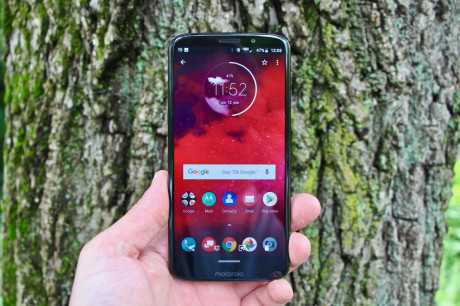
The Moto Z3 is the first 5G-upgradable phone thanks to a forthcoming Mod from Motorola and Verizon. This mid-range device sports a 2:1 screen, metal-and-glass design, and compatibility with Motorola's ecosystem of swappable modules. It is good enough without 5G? Here is Phone Scoop's in-depth report.
Hardware
Is It Your Type?
The Moto Z3, a Verizon Exclusive, tweaks the Z3 Play with a couple of under-the-hood updates. It's also billed as the first "5G upgradeable" phone through a special Moto Mod. The phone targets those who've invested in Motorola's Moto Mod ecosystem and have one eye on the future. If you're seeking an affordable device with modern appointments and an upgrade path to 5G, the Z3 is tempting.
Body
The Z3 and Z3 Play are essentially the same phone. They're twins, if you will, though the Z3 is smarter and has better eyes thanks to the upgraded processor and camera, respectively.
The Z3 is a sleek, metal-and-glass handset that looks and feels classy. It drops the aluminum rear panel of last year's Z2 for Gorilla Glass. The front and back glass panels are blended with a frame made of 6000 series aluminum. I like the rounded shape of the outer chassis. The Z3 is an attractive phone.
The only color option is black. The paint on the metal frame is mirror-like in its finish. I like the overall look and effect of the phone, which is handsome and sleek. Motorola slapped just enough of a new skin on the phone to give this year's model its own identity.
The phone is still large at more than 6 inches tall and more than 3 inches wide, but it's incredibly slim at just 6.75mm thick. I have no doubt that some people will be put off by the size of the phone, but it's about the same size as most other phones of this class with 18:9 screens. The thin profile and slippery glass mean it glides into pockets easily.
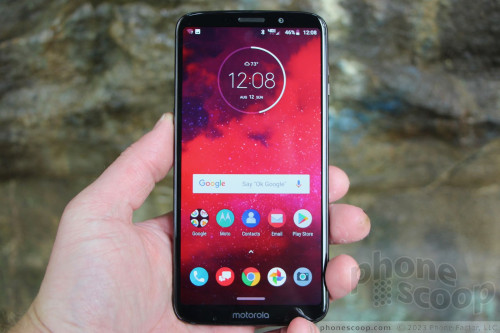
There's no question the Z3 is a high-quality piece of hardware. The glass panels fit into the frame tightly. The components are top-notch and assembled perfectly. The Z3 could easily be mistaken for a more expensive flagship device.
Apart from the glass backside, the biggest change to the design is the new screen shape. Motorola has finally moved on from the 16:9 shape to a 2:1 (18:9) shape. This means slimmer bezels. There is still a bit of a forehead and a bit of a chin on the Z3, but they are greatly reduced when compared to older Moto Z phones. The earpiece and user-facing camera are tucked into the forehead.
In order to retain the phone's footprint while increasing the screen size, Motorola was forced to relocate the fingerprint reader. Last year's Z2 featured a fingerprint reader on the front. Since the reader can't go on the rear, (it would be covered by Moto Mods,) Motorola put the fingerprint reader on the right edge of the Z3. It was easy to find and use.
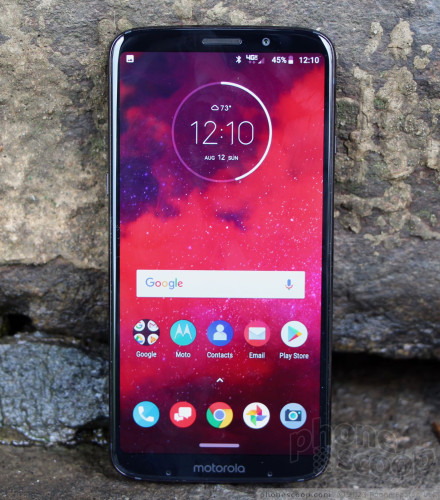
The other controls around the frame are also easy to find and use. The screen lock button, which has a textured surface, is perched on the left side of the device. It has great travel and feedback. Motorola opted for two separate volume keys, which are located above the fingerprint reader on the right edge. These keys have smooth surfaces and excellent profiles. Feedback is satisfying.
The USB-C port is on the bottom. There is no 3.5mm headphone jack (boo), but the phone ships with a USB-C-to-3.5mm adapter. The tray for SIM/memory cards is on the top edge. It's no trouble to interact with.
The rear surface its typical for a Moto Mod-compatible device from Motorola. The glass panel is perfectly flat save for the huge camera module. The module is about the size of two quarters stacked on top of one another. It has a reflective rim that sets it apart visually, if the size/shape didn't call it out enough. The way Motorola arranged the two camera lenses and flash makes the module look like an emoji smiling at you.
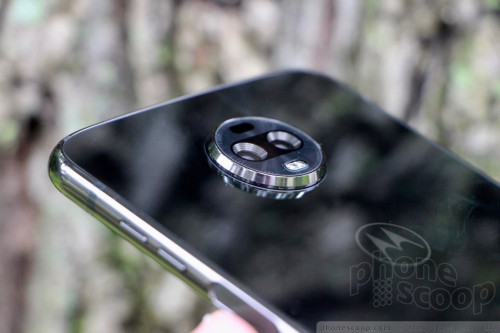
The copper-colored pins and magnet for the Mod system are near the bottom edge. These are what allow Moto Mods to attach to and communicate with the Z3. It's a great system that Motorola did a fine job engineering. The glass is prone to collecting unattractive fingerprints and smudges.
Motorola did not fully waterproof the Z3. Like many Moto devices, the Z3 has a nano-coating sprayed onto the internal components that protects the phone from light rain and splashes, but not submersion. Also, let's not forget that glass breaks. Many Moto Mods will protect the rear surface by default, but won't protect the front.
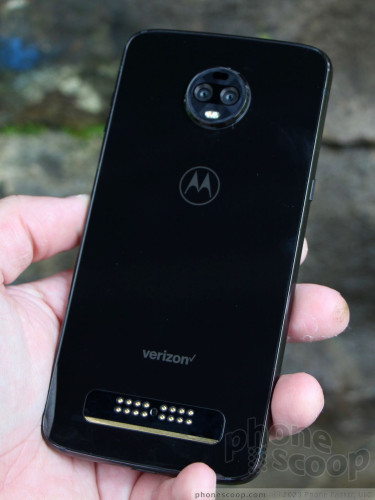
The Z3 is designed and put together well.
Screen
The Z3 jumps from the 5.5-inch, 16:9 display of last year's Z2, to a 6.01-inch, 18:9 display, all while keeping the chassis the same size and shape. This means a huge reduction in the forehead and chin, giving the phone a screen-to-body ratio of 79%. This puts it in line with competing phones.
The screen is an AMOLED panel will full HD+ resolution (2,160 x 1,080). The resolution works well and everything on the screen is nice and sharp. My eyes didn't see any individual pixels. The screen pumps out plenty of light and was easy to view under a bright sky. AMOLED screens offer better contrast than LCD screens, and in that respect the Z3's display delivers. Blacks look great.
You can take control of the display's color profile, blue light filter, and other options via the settings menu, to make the experience more your own.
Signal
The Z3 performed on par with most other devices I've tested on Verizon. It connected calls on the first dial and maintained those calls across miles of travel. LTE data performance was excellent. Browsing the web felt zippy and scrolling through social media was smooth. Streaming standard definition content from services such as Netflix and Play Music worked perfectly. High definition content introduced a small amount of buffering, though nothing out of the ordinary.
The 5G Moto Mod won't be available until next year. If you want to learn how that will eventually work, you can check out our initial assessment here.
Sound
The earpiece above the screen is for both normal and speakerphone calls. Regular calls were clear and loud. I had no trouble hearing calls in coffee shops or other semi-noisy spaces. The Z3 did well on city streets and in the car, too. Clarity was quite good and voices sounded warm and present. Those I spoke to through the Z3 said my voice came across "very good".
The speakerphone delivered similarly clear and loud calls. I was able to use the Z3 everywhere I took it without compromises.
Ringers and alerts are fantastically loud, and the vibrate alert gets the job done.
It's not the best at blaring music, but that's what speaker Moto Mods are for.
Battery
Despite measuring less than 7mm tick, the Moto Z3 has a 3,000mAh battery. That's pretty standard for a phone like this. The phone on its own can push from breakfast to bedtime, though just barely. I never had the phone call it quits before the end of the day; that's a good thing. This mirrored the experience I had with last year's Z2.
You can take advantage of software tools to manage battery life and put Motorola's TurboCharging to use for rapidly replenishing the battery. The phone doesn't support wireless charging on its own, but a Moto Mod accessory adds that capability for a bit more cash.
Bluetooth, GPS, NFC, WiFi
The Z3's secondary radios mostly get the job done. I'm happy to report that the Z3 has Bluetooth 5.0 on board, though it is limited to the normal A2DP profile and doesn't seem to include any advanced codecs, such as aptX. The phone connected to accessories, including headphones and speakers, just fine. Phone calls pushed through headsets were very good, and music sent to Bluetooth speakers was fine. Calls I made through my car's hands-free system were very good.
The GPS radio paired well with Google Maps and handled real-time, voice-guided navigation without breaking a sweat.
The Z3 has NFC, too, which helps when pairing with some accessories and making payments with Google Pay. Moto Mods will get in the way, however, which means you'll have to remove most Mods to perform tap-and-go actions.
The dual-band WiFi radio delivered speedy app downloads and perfect HD video streams at home.
Software
Lock Screen
The Z3 includes Motorola's most advanced lock screen behaviors. As always, the lock screen is managed via the Moto app. Moto Display is what Motorola calls its "ambient display."
With Moto Display turned on, the screen will wake regularly with incoming notifications. They flash on the screen briefly before going away. Missed it? Wave your hand over the screen and the Z3 will wake again to show you the clock and your notifications. This feature relies on a clever ultrasonic sensor to detect when your hand moves over the device.
The Z3 carries over Motorola's gesture-based UI for interacting with lock-screen information. For example, touch-and-hold the screen to see the most recent notification, touch and swipe up to see all notifications, touch and swipe down to dismiss notifications, or touch and swipe sideways to ignore them. It becomes old hat quickly enough.
If you press the screen lock button, the display wakes fully to show the clock, wallpaper, and notifications listed below the clock. There are shortcuts to the Google Assistant and camera on this screen, though these can't be customized.
The Z3's fingerprint reader, positioned on the right edge, performed perfectly. It was a breeze to train, and consistently recognized my thumbprint on the first touch. I like this updated position very much. While righties can rely on their thumb, lefties will be best served using their index finger.
The Z3 also includes a Face Unlock tool. You'll need to spend a moment or two training the Z3 to recognize your face through the user-facing camera. I ran into a few hiccups setting it up, but eventually got it working. The Face Unlock tool, which must be backed up by a secondary method (PIN, pattern, password), is not as fast as the Face unlock tool of the iPhone X or OnePlus 6. You'll need to enter your alternate security method if the face unlock fails. The face unlock is really fast, though its security isn't as solid as a PIN or password.
Home Screens
The Z3 introduces new — and wholly optional — interface gestures on top of the Android 8 Oreo foundation. Out of the box, the standard home, back, and multitasking buttons appear at the bottom of the screen. You can totally go old school and use these if you prefer. Alternately, if you wish, you can turn on the Android 9-inspired, single-button UI. When activated, a single "pill" appears at the bottom of the screen. Touch it quickly to go home, swipe it left to go back, swipe it right to switch apps, and press/hold it to open the Google Assistant. It takes a day to get used to, but is so fast once you develop the muscle memory for it. I dig.
The home screen panels are as flexible as ever. The panels accommodate shortcuts, apps, widgets, and the like. I enjoy Motorola's combined clock/weather widget. The Z3 includes a personalized Google feed as the left-most home screen panel. This shows you local weather, calendar appointments, travel times to work/home, and so on. You can turn this off if you want to.
The app drawer, notification shade, Quick Settings tools, and main settings screens are all stock Android. Apps are listed alphabetically in the drawer, with five app suggestions lining the top. The app drawer doesn't support folders, nor does it allow you to hide apps. (Thankfully there's no bloatware.) There are no themes or other fancy interface tricks on board.
Moto Actions are hand gestures that serve as shortcuts for some tasks. For example, drag three fingers down the display to take a screenshot, make a chop motion with the phone twice to turn on the flashlight, pick it up to stop ringing, and much more. The Voice Assistant is there, too, for your spoken commands. These are all easy to customize via the Moto App.
Verizon has loaded a ridiculous number of apps onto the phone. A number of games and other apps amount to a full gig of space in the phone's storage. You can delete the games, but not Verizon's branded apps, such as MyMessage.
One of the biggest differences between the unlocked Z3 Play and the Verizon Moto Z3 is the processor. Where the Z3 has a Snapdragon 636, the Z3 upgrades to the Snapdragon 835, Qualcomm's premiere processor from 2017. In fact, the Z2 Force relied on the Snapdragon 835. The Z3 also includes 4 GB of RAM and 64 GB of storage. The 835 gives the phone a nice kick in the pants. I used it side by side against the Z3 Play and can say that it feels a hair zipper. Apps like the camera opened noticeably quicker. More horsepower is always appreciated.
Camera
The Z3's camera is one of the most feature-rich to come from Motorola, particularly considering this phone's price point. The best, fastest way to open the Z3 camera app is Motorola's age-old, wrist-twisting gesture. You can also launch the camera from the lock screen shortcut. The camera opens in a blink.
The controls along the left edge let you adjust HDR (on, off, auto), flash (on, off, auto), timer, and live photos, as well as turn on manual mode.
The manual mode hands you control over focus, white balance, shutter speed (up to one-third of a second), ISO, and exposure. Using the easy-to-tweak dials, you can play with the various settings to get the results you want. As per usual, this is something that takes a bit of practice to use effectively.
A selector next to the shutter button lets you access other shooting modes. These include portrait, cutout, spot color, cinemagraph, panorama, slow motion, timelapse, text scanner, YouTube Live, and face filters. We've seen all these features before on other phones, and the Z3 does an admirable job with them.
The portrait mode uses the two-camera system to create bokeh-style photos. Your subject has to be within a few feet, and the background has to be at least several feet further away. The mode works well and performs faster than I've seen on other Motorola phones.
The cutout tool works similarly. Put something in the viewfinder and make sure there's some distance between it and the background. The phone then focuses on the subject and entirely removes the background. You can then add another photo to serve as the background if you want to fool around some.
With spot color, you select the color in the viewfinder you want to keep. Then everything else in the photo turns black and white. It's fun for making subjects pop in an image, like an orange sports car.
Face filters are here to enhance your selfie game. They include options like sunglasses, unicorns, rainbows, and space helmets.
The text scanner is for scanning text, such as restaurant menus and business cards. It's a simple text scanner. It will take text and turn it into a PDF or text file. It doesn't do anything to help you search or translate with that text.
YouTube Live is a simple way to sign into your YouTube account and tap into YouTube's existing real-time live streams. You have to set it up properly with your Google credentials the first time, but after that it works seamlessly.
The Z3 has two features the Z3 Play doesn't. First, it can capture true black-and-white pictures and video. Second, the video camera adds slow-motion capture. These modes are easy to access and use.
The video camera also includes time-lapse and face filters. They work well.
The app runs smoothly all the time.
Photos/Video
The Z3's main camera has a 12-megapixel sensor and f/2.0 aperture. It's aided by a second, monochrome 12-megapixel sensor, which is upgraded compared to the Z3 Play. The change gives the Z3 a bit of an advantage, in better exposure and the ability to capture more accurate monochrome photos using a dedicated sensor.
The phone does take slightly better pictures than its cousin. The difference is with focus and exposure. The Z3 produces sharper photos, with balanced exposures. It doesn't necessarily contend with today's top flagships, but it holds its own considering the Z3's price point. The OnePlus 6 and Honor View10 are better for just a bit more cash.
The portrait and other modes produce results that are inline with what I've seen from other cameras in this price range. Here, too, the Z3 performs really well. The portrait shots are more uniform, particularly along the edge of the subject.
The 8-megapixel selfie camera does a fine job. The Z3 doesn't have a dedicated flash like some other Moto phones do, but it still performs passably in low light. The selfie cam also has some beautification tools that you can adjust manually or leave on auto. The results vary.
As for video, the Z3 can snag 4K video and does a good job of it. Exposure and color are improved with video when compared to the camera, and sharpness is quite good. The Z3 does well in all but the worst lighting conditions.
I like that it can capture black-and-white video, which is unique.
I'd be happy if the Z3 were my main shooter for daily photography, but I might opt for dedicated equipment for vacations, weddings, and other special events.
Wrap-Up
The Motorola Moto Z3 for Verizon Wireless is a solid contender in the $500 range. It covers the basics and then some, while offering flexibility thanks to the selection of Moto Mods accessories.
The Z3 may be about the same size/shape as last year's Z2, but it has a brand new screen, reduced bezels, and a more modern look. The button placement — including the side-mounted fingerprint reader — works well, and Motorola made the right choice in including support for memory cards and USB-C. The screen looks great; call/data performance is up to snuff; and battery life is good even without a battery Mod attached.
Motorola's variation of Android is one of the best, thanks to its light touch and usable enhancements. The camera software is powerful, and the image quality matches the phone's price point well.
Further, the Z3 will eventually be able to upgrade to 5G thanks to a forthcoming Moto Mod from Motorola and Verizon.
Verizon sells the Moto Z3 for $480. In this segment of the market, few phones offer as much value as the Motorola Z3, particularly if you're looking to future-proof your phone against the pending arrival of 5G.

Comments
No messages


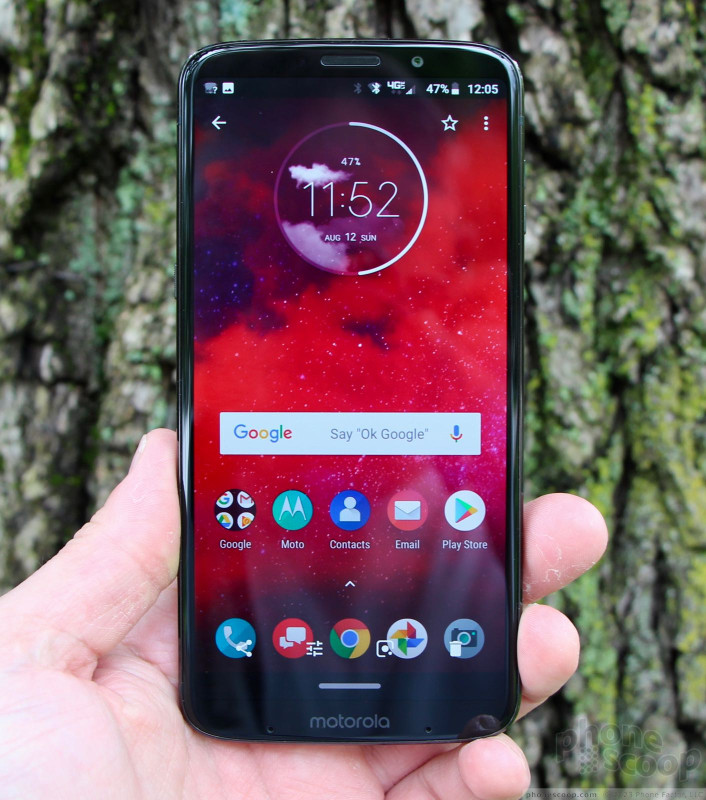















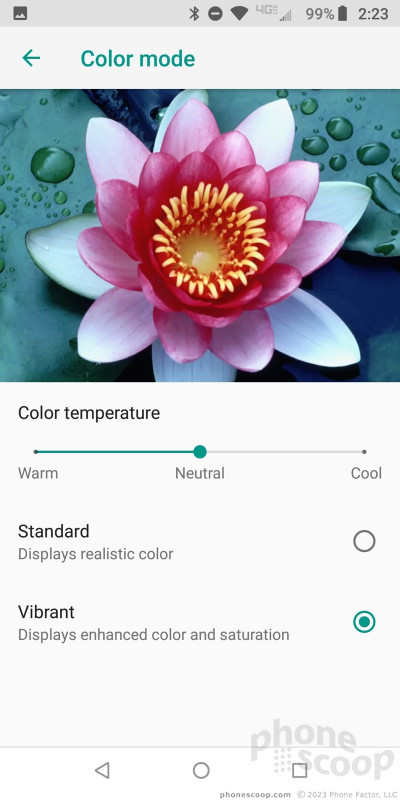







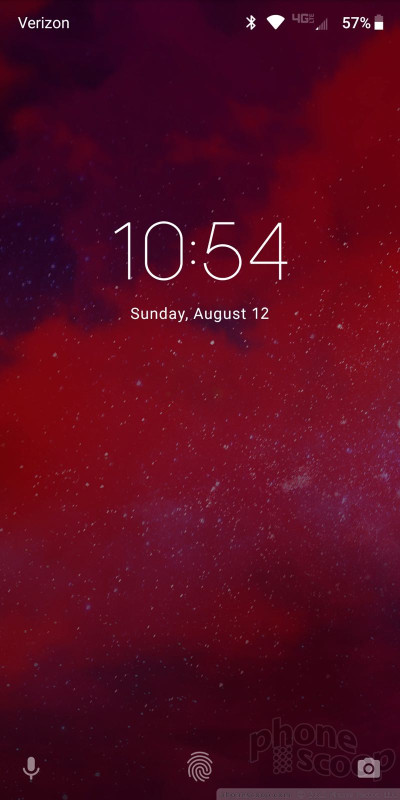





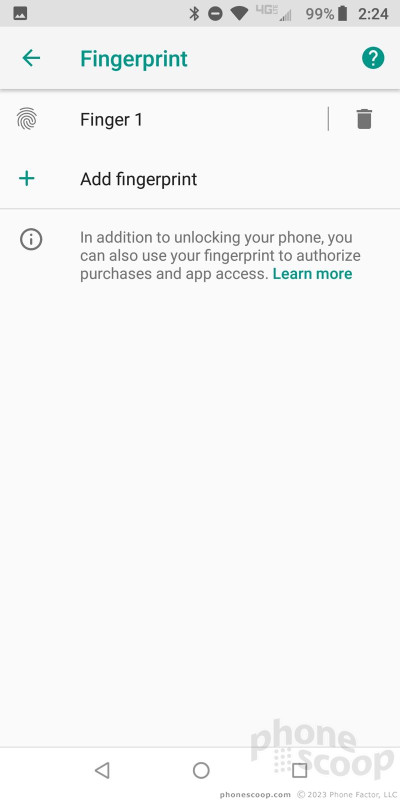





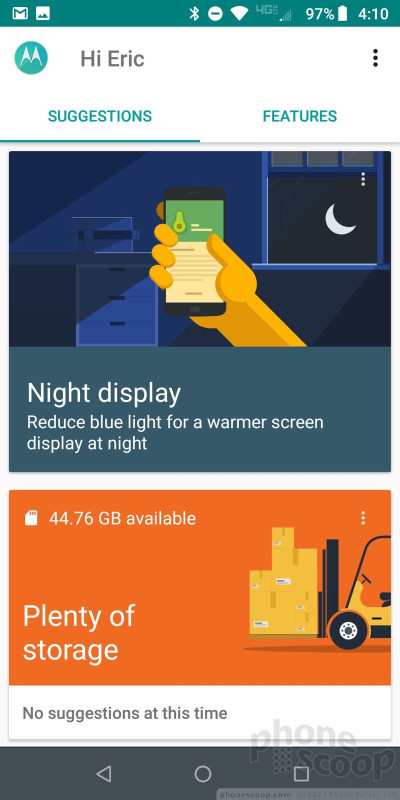







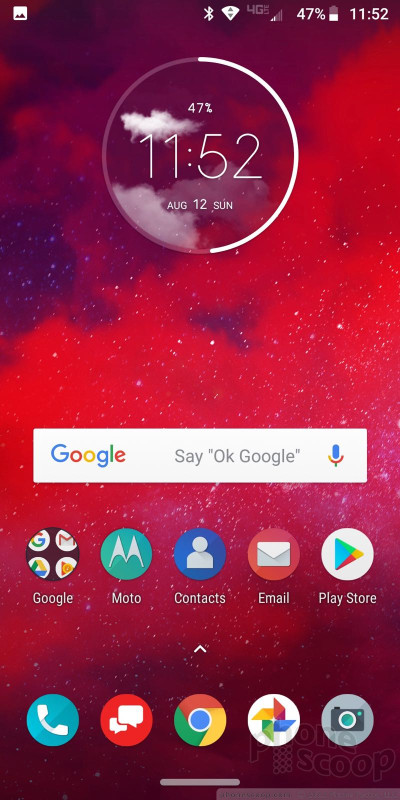










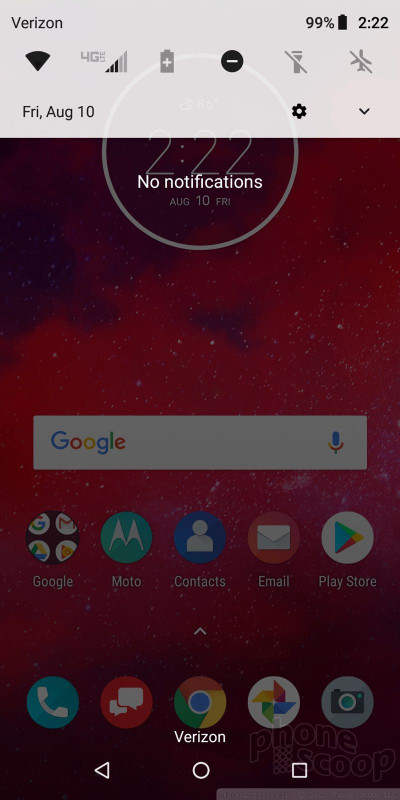





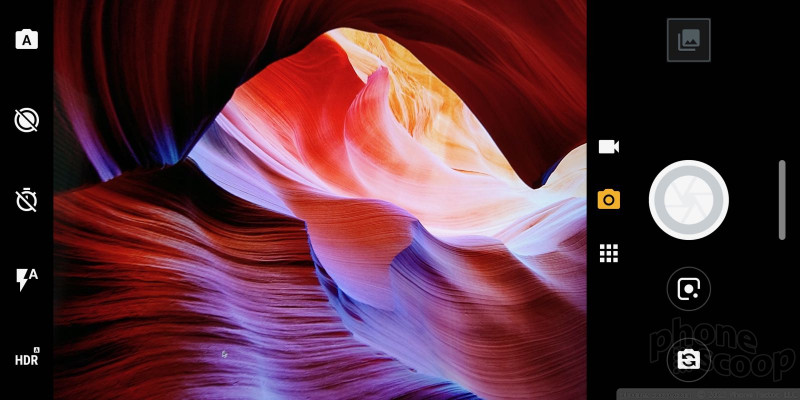





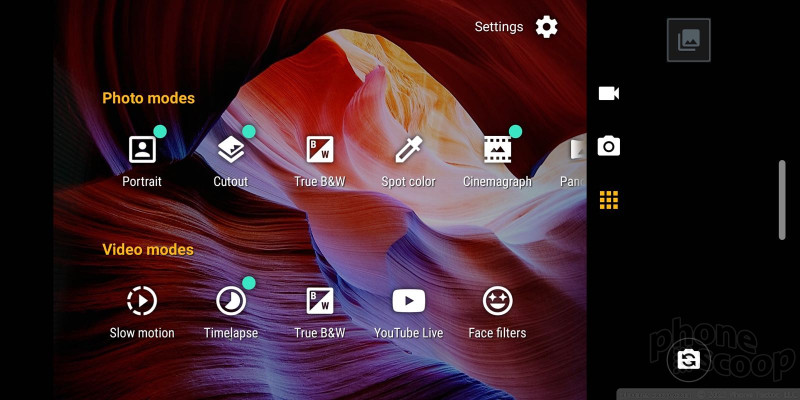






























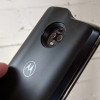 Motorola's 5G Moto Mod Explained
Motorola's 5G Moto Mod Explained
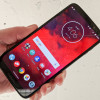 Hands On with the Motorola Moto Z3
Hands On with the Motorola Moto Z3
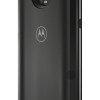 Motorola Updates 5G Moto Mod, Adds Z2 Force Compatibility
Motorola Updates 5G Moto Mod, Adds Z2 Force Compatibility
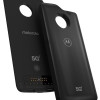 Verizon Launching 5G on April 11 in Chicago, Minneapolis
Verizon Launching 5G on April 11 in Chicago, Minneapolis
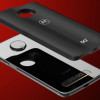 Motorola, Verizon Successfully Test Data On Moto Z3's 5G Mod
Motorola, Verizon Successfully Test Data On Moto Z3's 5G Mod
 Motorola Moto z3
Motorola Moto z3











